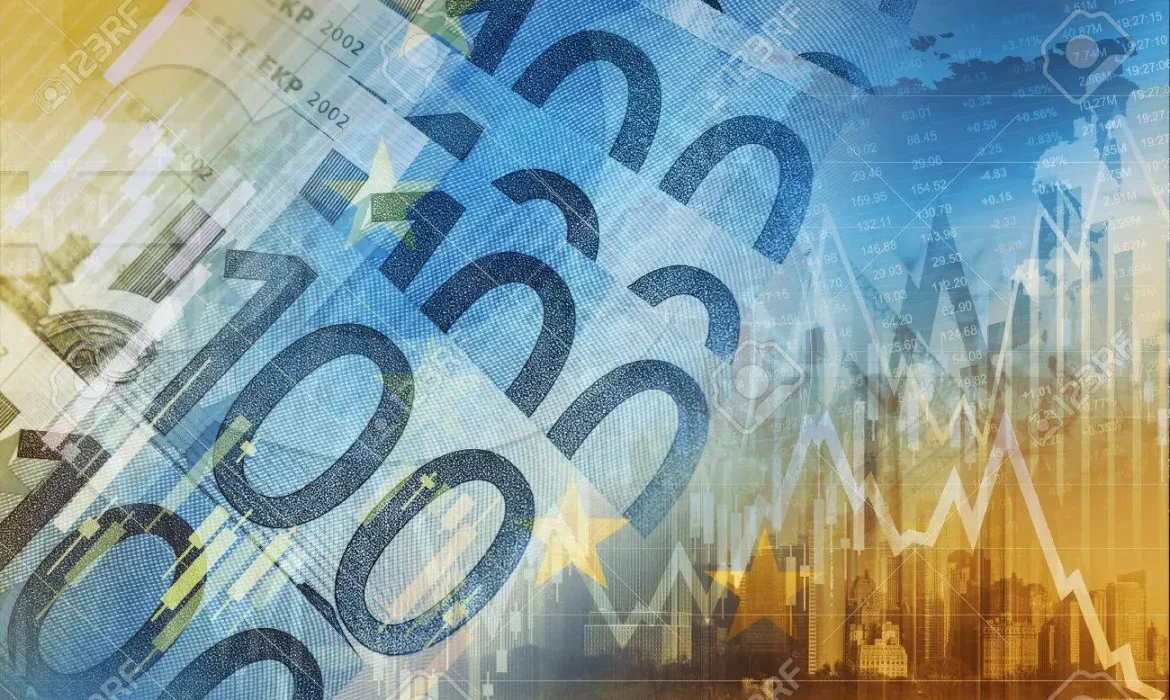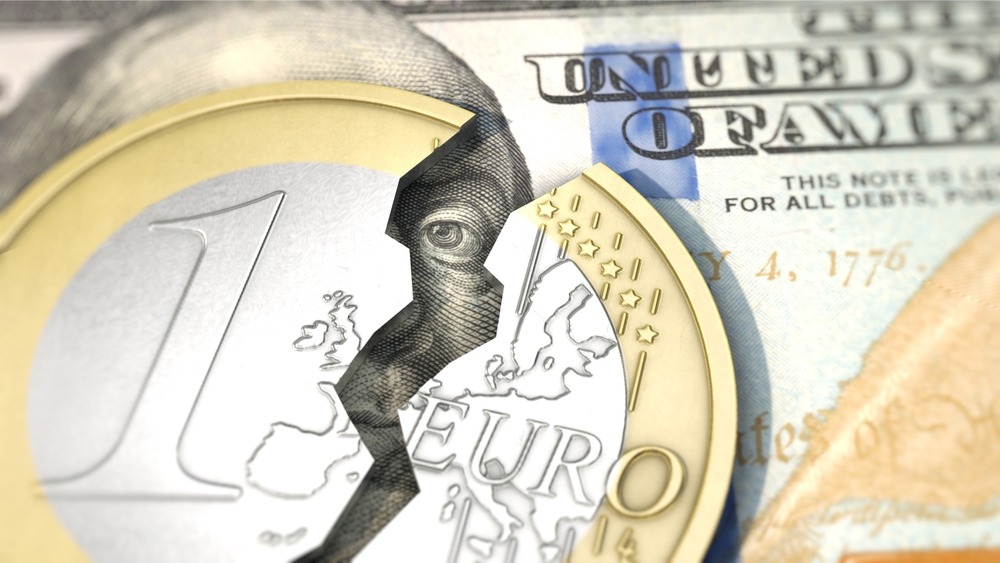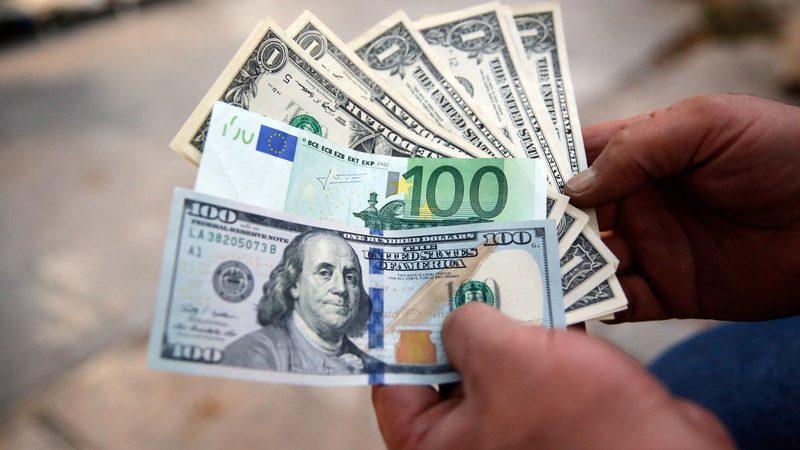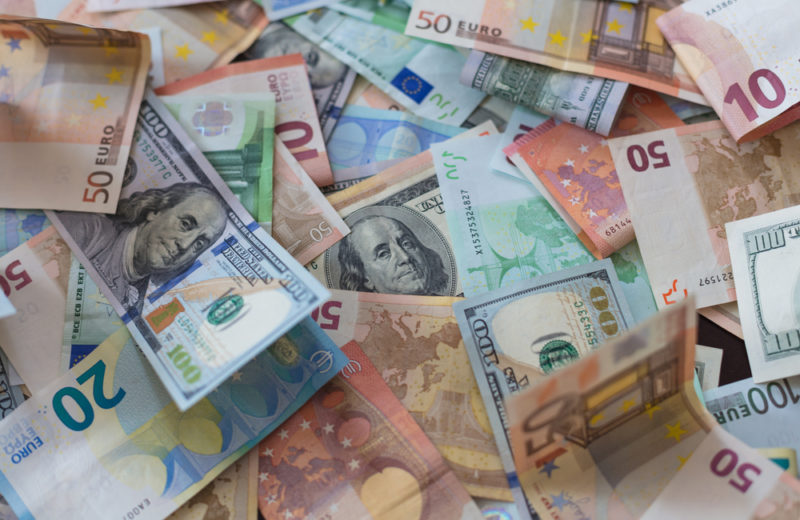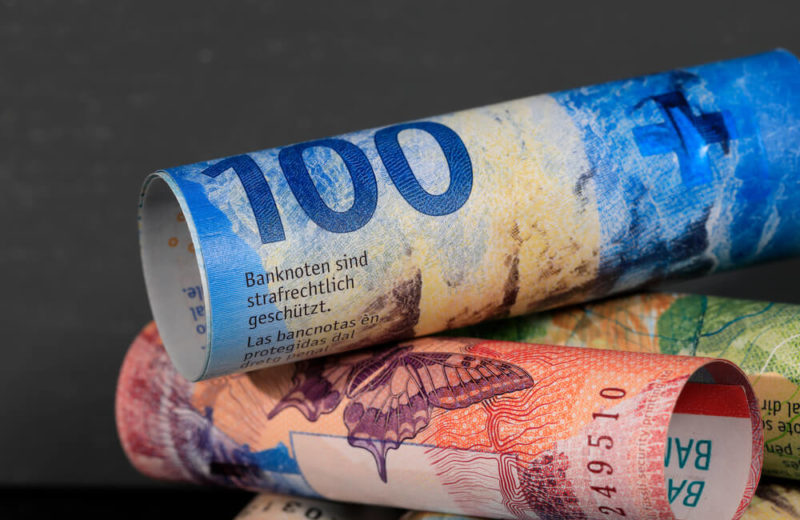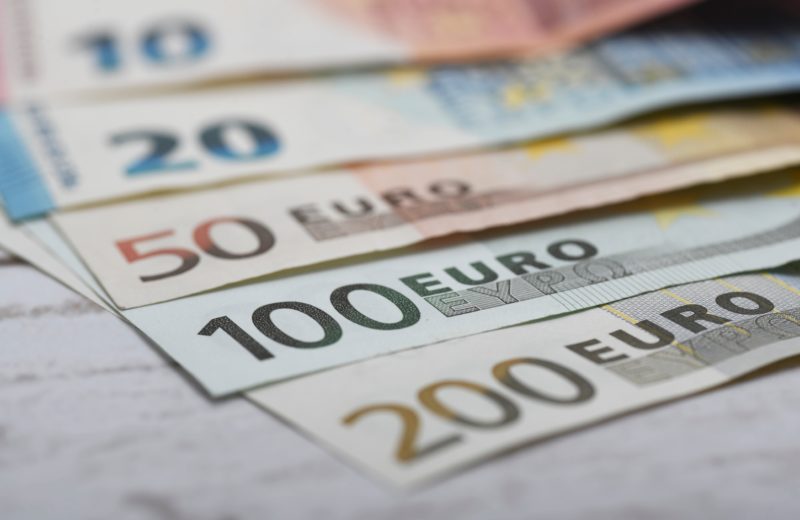A resurgent Middle Eastern war and concerns about Europe’s economic stability keep affecting the forex market. Wall Street is abuzz with predictions that the euro exchange rate may reach parity. Big-name banks, including JPMorgan Chase, Citibank, and Goldman Sachs, foresee the US dollar strengthening to $1 against the euro. Potentially, the rise will continue within the next six months.
However, a comprehensive analysis reveals that EUR/USD must breach and maintain a level of 1.02. Simultaneously, the Dollar Index assesses the greenback against a basket of six major currencies. That way, it must break through the 107.37 resistance.
As of the latest data, the currency pair is trading at 1.0539, rebounding from a 22-month low of 1.0448 recorded on October 3. The Dollar Index stands at 106.36, slightly below the 11-month high of 107.35, also achieved on the same day.
Escalating Energy Costs and Economic Downturn
The potential plunge to parity would take the euro back to levels not seen since the second half of the previous year. Back then, it dipped below $1 due to the Ukraine conflict disrupting Europe’s gas supply. Currently, energy prices in Europe are rising, with European gas futures surging 26.0% since the outbreak of the Israel-Hamas war on October 7. This upward pressure compounds the challenges of an already slowing economy.
The European energy market, trading at around €50 per megawatt hour on Monday, still remains far from the peak of over €300/MWh reached in August 2022. Europe’s substantial gas stockpiles for winter have somewhat cushioned the region from additional supply disruptions.
Euro Exchange Rate and the Dollar’s Ascendancy
The meteoric rise of US bond yields, reaching 16-year highs this year, has been a major driver behind the strengthening of the dollar. Since early August, the yield on the benchmark US 10-year Treasury note has consistently exceeded 4.0%, a level not witnessed since 2008. This rapid ascent resulted in a half-percentage point gain in just two weeks, culminating in the 2007 peak of 4.8% on October 3.
These developments have had global repercussions, influencing Europe and Japan, where low interest rates are vital. The US economy’s resilience in recent months has further contributed to the dollar’s ascent. At the same time, growing concerns of a recession in Germany and the broader eurozone have dragged the euro down.
Wall Street Banking Giants Take the Lead
JPMorgan, Citibank, and other major US banks have downgraded their forecasts for the euro rate. For example, JPMorgan expects the euro to fall to $1 by the end of the year. Citibank, even more bearish, foresees a euro-dollar parity within six months, citing their anticipation of a European recession occurring ahead of the US.
These forecasts position these banking giants at the forefront of a growing consensus: the euro’s steady decline since the summer is far from over. The euro has already weakened by about 6.0% against the dollar since its peak in mid-July.
Despite the recent dip, experts believe that the euro has yet to factor in various uncertainties it faces. Tight financial conditions, potential geopolitical spillover risks, and a stagnating growth environment are significant factors.
Euro Rate’s Uphill Battle
Currently, the euro is facing the challenges of a resurging Middle East conflict, escalating energy costs, and economic woes. Therefore, Wall Street predicts a tough road ahead. Parity with the US dollar may be on the horizon, but reaching and maintaining that level is contingent on several critical factors. Those include energy market dynamics and economic stability in the eurozone. Amid this uncertain landscape, the euro exchange rate teeters on the edge, with both euro and dollar proponents closely monitoring the evolving situation.


